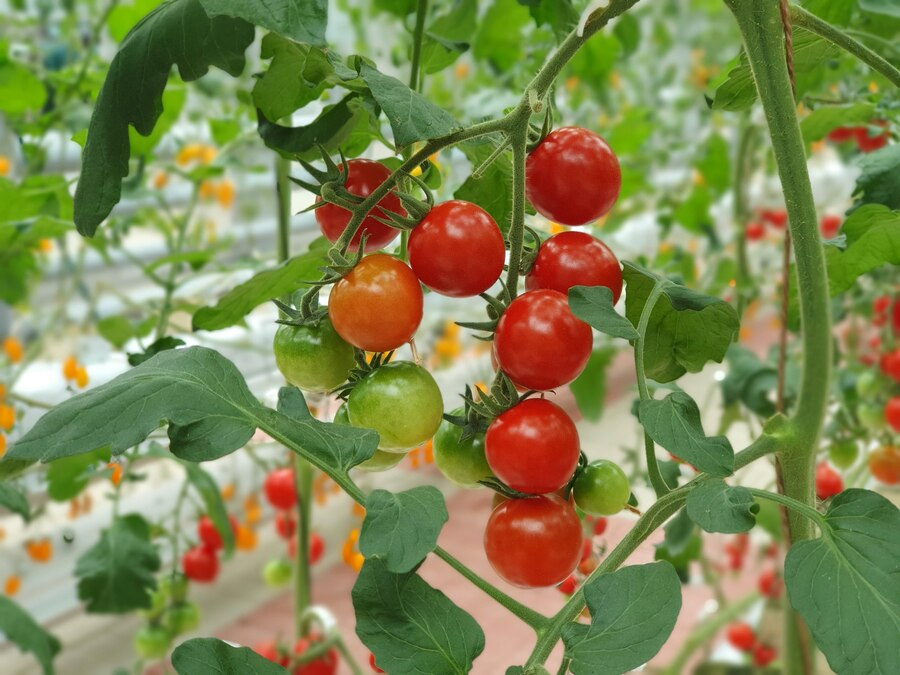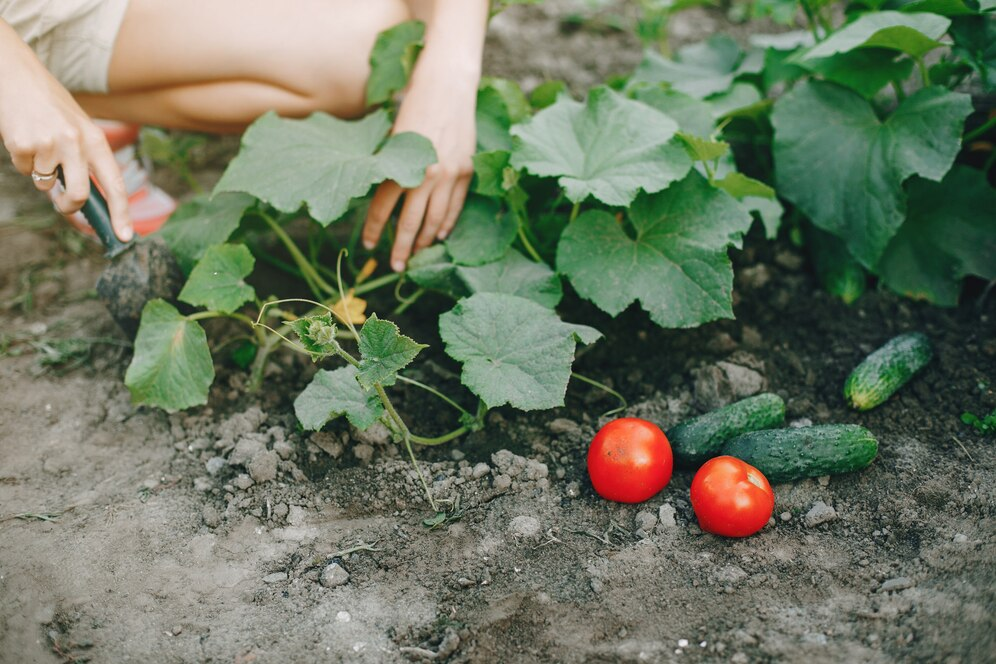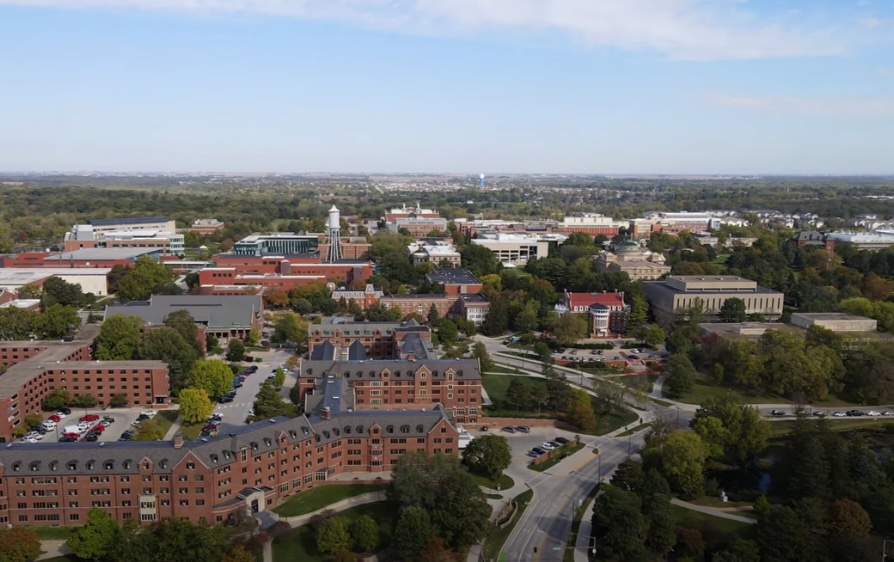Gardening enthusiasts in Iowa, it’s time to talk tomatoes! When it comes to growing these juicy, red delights, timing is everything, especially in Iowa’s unique climate. Knowing when to plant tomatoes in Iowa is crucial for a bountiful harvest. So, let’s dig into the details and turn your tomato dreams into reality!
Understanding Iowa’s Growing Season
Iowa’s climate poses both challenges and opportunities for tomato growers due to its continental climate characterized by cold winters and hot summers. This climatic pattern underscores the significance of timing when planting tomatoes in Iowa.
- Average Last Frost Date: Planting tomatoes after the last frost is crucial to ensure their survival. In Iowa, the last frost date varies depending on the specific location but typically falls in late April or early May.
- Average First Frost Date: Conversely, understanding the first frost date is essential for planning the harvest time. In Iowa, the first frost typically occurs in early to mid-October, providing insight into when to anticipate harvesting your tomatoes.
The Best Time to Plant Tomatoes in Iowa
Determining the optimal time to plant tomatoes in Iowa hinges on avoiding frost and ensuring soil warmth. Generally, the following guidelines apply:
- Northern Iowa: Aim for late May to minimize the risk of frost damage. It’s crucial to wait until the threat of frost has passed entirely before transplanting tomato seedlings into the ground. By late May, temperatures typically stabilize, providing a safer environment for young tomato plants to thrive.
- Central Iowa: Mid to late May is ideal for planting tomatoes to capitalize on warmer soil temperatures. As the soil begins to warm up, usually reaching around 60°F (15°C) or higher, it becomes more conducive to planting tomatoes. This window allows for optimal root development and growth, leading to healthier plants and better yields during the growing season.
- Southern Iowa: Planting tomatoes in early to mid-May is advisable to take advantage of the warmer climate. With the southern region of Iowa experiencing slightly milder temperatures compared to the north, gardeners can start planting tomatoes earlier. By planting in early to mid-May, tomato plants have a longer growing season to produce ripe fruits before the arrival of cooler fall temperatures.
Starting Seeds Indoors
For those seeking to get a head start on the growing season, starting tomato seeds indoors is a viable option. Here’s what you need to know:
- Timing: Begin planting tomato seeds indoors approximately 6-8 weeks before the average last frost date. This typically translates to starting seeds in March or early April.
- Method: Utilize a suitable light source and maintain warm soil conditions to promote robust seedling growth.
Tips for Successful Tomato Cultivation in Iowa

Beyond understanding the timing of planting tomatoes in Iowa, employing best practices can enhance your chances of a successful harvest:
- Select Suitable Varieties: Choose tomato varieties that are well-suited to Iowa’s climate, considering factors such as disease resistance and yield potential.
- Soil Preparation: Prior to planting, ensure the soil is well-drained, fertile, and adequately amended with organic matter to support healthy root development.
- Mulching: Apply mulch around tomato plants to regulate soil temperature, conserve moisture, and suppress weed growth, promoting overall plant health.
- Watering: Maintain consistent moisture levels, avoiding both overwatering and underwatering, to prevent issues such as blossom end rot and cracking.
- Support Structures: Install sturdy support structures, such as cages or stakes, to provide stability and prevent tomato plants from sprawling on the ground, reducing the risk of disease and facilitating easier harvesting.
By adhering to these guidelines and understanding the nuances of Iowa’s growing season, tomato growers can optimize their yield and cultivate robust, healthy plants.
Transplanting Seedlings
When it’s time to transplant your tomato seedlings outdoors, ensuring they’re adequately prepared and planted in optimal conditions is crucial for their successful growth. Follow these steps for a smooth transition:
- Harden Off Seedlings: Before transplanting, gradually acclimate your seedlings to outdoor conditions by exposing them to increasing periods of sunlight and outdoor temperatures. This process, known as hardening off, helps prevent shock and prepares the seedlings for the outdoor environment.
- Select a Sunny Spot: Choose a planting location that receives a minimum of 6-8 hours of sunlight daily. Tomatoes thrive in sunlight and require ample exposure for optimal growth and fruit production.
Caring for Your Tomatoes
Once your tomato plants are in the ground, consistent care is essential to promote healthy growth and abundant harvests. Pay attention to the following aspects:
- Watering: Provide your tomato plants with approximately 1-2 inches of water per week, ensuring the soil remains consistently moist but not waterlogged. Irrigate deeply to encourage robust root development and prevent issues such as blossom end rot.
- Fertilizing: Maintain optimal nutrient levels by applying a balanced fertilizer according to the manufacturer’s recommendations. A balanced fertilizer promotes healthy foliage, flowering, and fruit set, contributing to overall plant vigor and productivity.
- Support Structures: To prevent sprawling growth and facilitate airflow around the plants, stake or cage your tomatoes upon transplanting. This helps support the weight of the vines and fruits, reducing the risk of damage and disease.
Pests and Diseases
Vigilance is key to managing common pests and diseases that may affect tomato plants in Iowa. Be proactive in identifying and addressing potential issues to safeguard your crop:
- Blight: Keep an eye out for symptoms of blight, such as dark lesions on leaves and stems. Early detection and prompt treatment, such as applying fungicides approved for tomato blight, can help mitigate the spread of the disease.
- Tomato Hornworms: These large, green caterpillars can quickly defoliate tomato plants if left unchecked. Handpick hornworms from your plants or introduce natural predators such as parasitic wasps to control their population.
- Aphids: Monitor your tomato plants for signs of aphid infestations, such as curled leaves and sticky honeydew residue. Consider using insecticidal soaps or introducing beneficial insects like ladybugs to help manage aphid populations effectively.
Conclusion
When to plant tomatoes in Iowa isn’t just a date on the calendar; it’s the start of a journey. By understanding the local climate, preparing seedlings indoors, and providing proper care, your tomato plants can flourish. Happy gardening and enjoy the fruits of your labor!
FAQ
A: Yes, but your harvest might be smaller or come later in the season.
A: Popular varieties include ‘Better Boy’, ‘Early Girl’, and ‘Iowa Chief’.
A: Use row covers or bring container plants indoors.
A: Yes, they thrive in full sun, getting at least 6-8 hours of sunlight daily.



